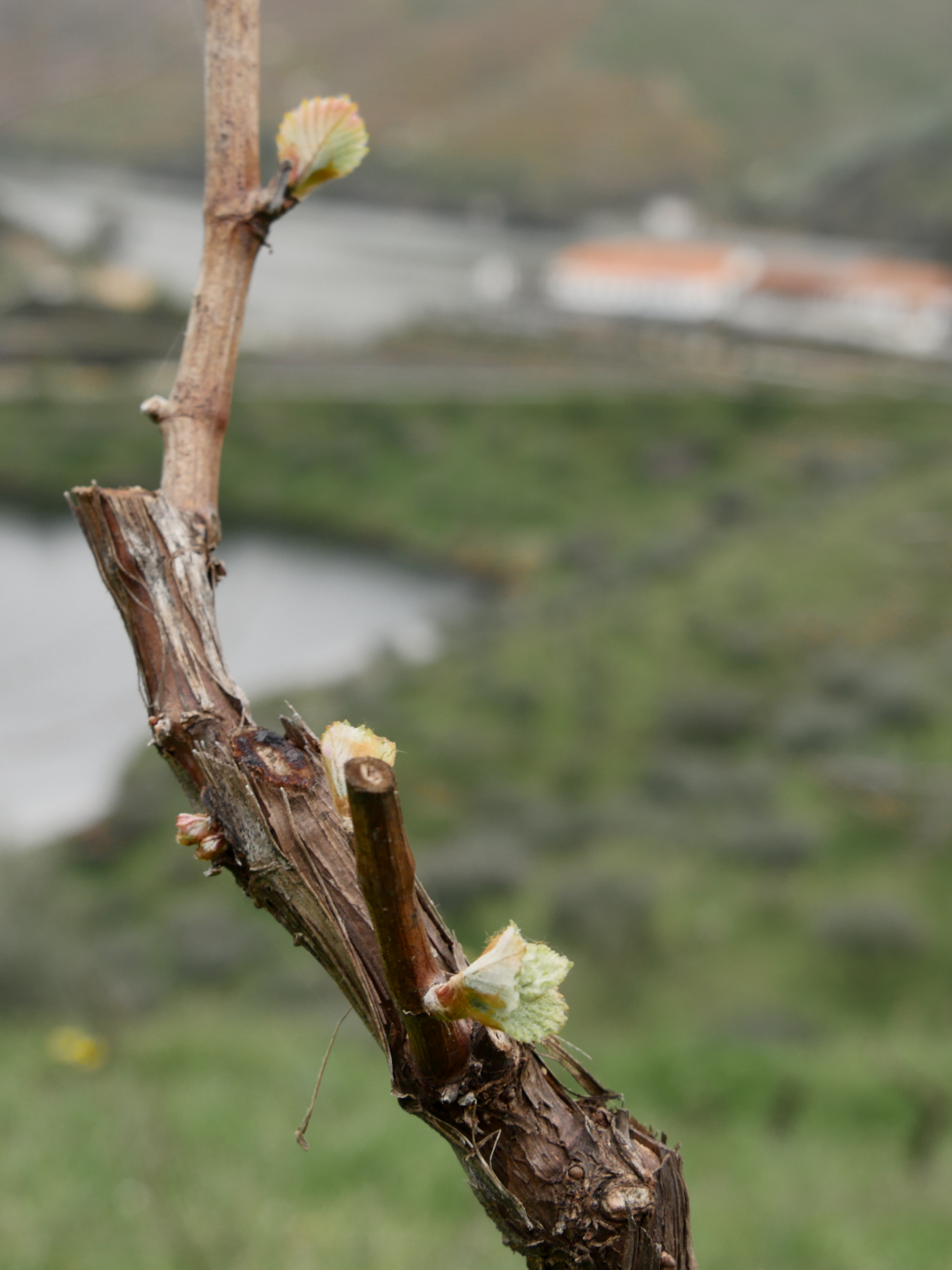C'est officiel, le printemps 2025 est (enfin !) arrivé dans la Vallée du Douro, et pas seulement selon nos calendriers et nos horloges, mais aussi selon les oiseaux, les abeilles, les fleurs et les arbres.
Je ne vais pas voler le spectacle vibrant de la nature à cette période de l'année avec trop de mots, et je vais laisser quelques photos récentes parler d'elles-mêmes.
Le débourrement dans nos vignobles et les premières pousses verdoyantes du printemps.
Profitez des fleurs le long de notre sentier de randonnée certifié de 4 km ; le chant joyeux des oiseaux, les vues majestueuses et un apéritif au Porto sous la terrasse de notre chambre d'hôtes, ombragée par des glycines, sont certainement gratifiants.
La récolte d'asperges sauvages sous nos oliviers pour dîner, et des bouquets de coquelicots, scilles, lupins et dent-de-lion entre les rangées de nos vignes.
Les nouveau-nés des tortues sortent de leurs nids dans nos murs de pierres sèches pour trouver leur chemin vers la rivière Tedo tandis que les salamandres tachetées s'ébattent sous les douches tièdes de la pluie printanière.
L'esplanade ombragée d'agrumes du Bistro's Terrace, recommandé par le guide Michelin, est ouverte et les beignets de morue du Chef Oscar sont plus savoureux que jamais !
Marta, notre Oenologue Résidente, prépare des échantillons de notre tunnel souterrain de barriques pour assembler un nouveau lot de Tawny 10 ans avec Jorge Alves, notre Oenologue en Chef.
Un temps magnifique et notre charmante salle de dégustation, notre B&B, notre Bistro Terrace, notre équipe Tedo souriante et nos mascottes à quatre pattes vous attendent à Quinta do Tedo.
~ Odile Bouchard



























































